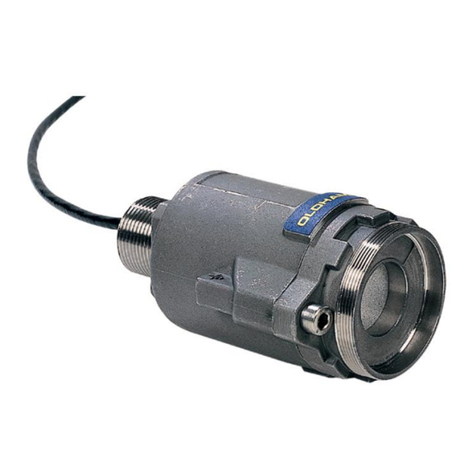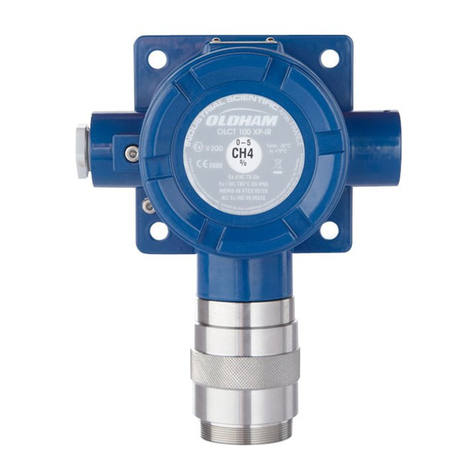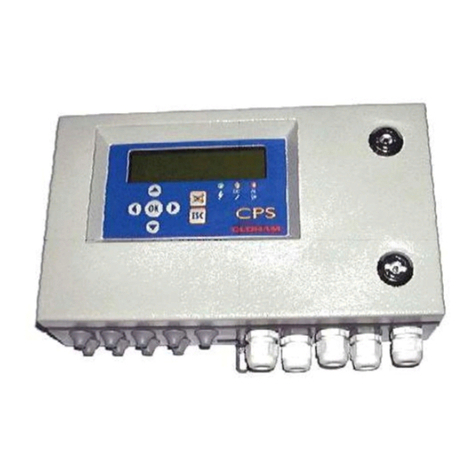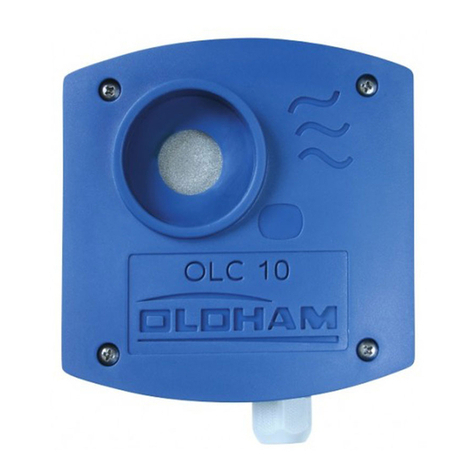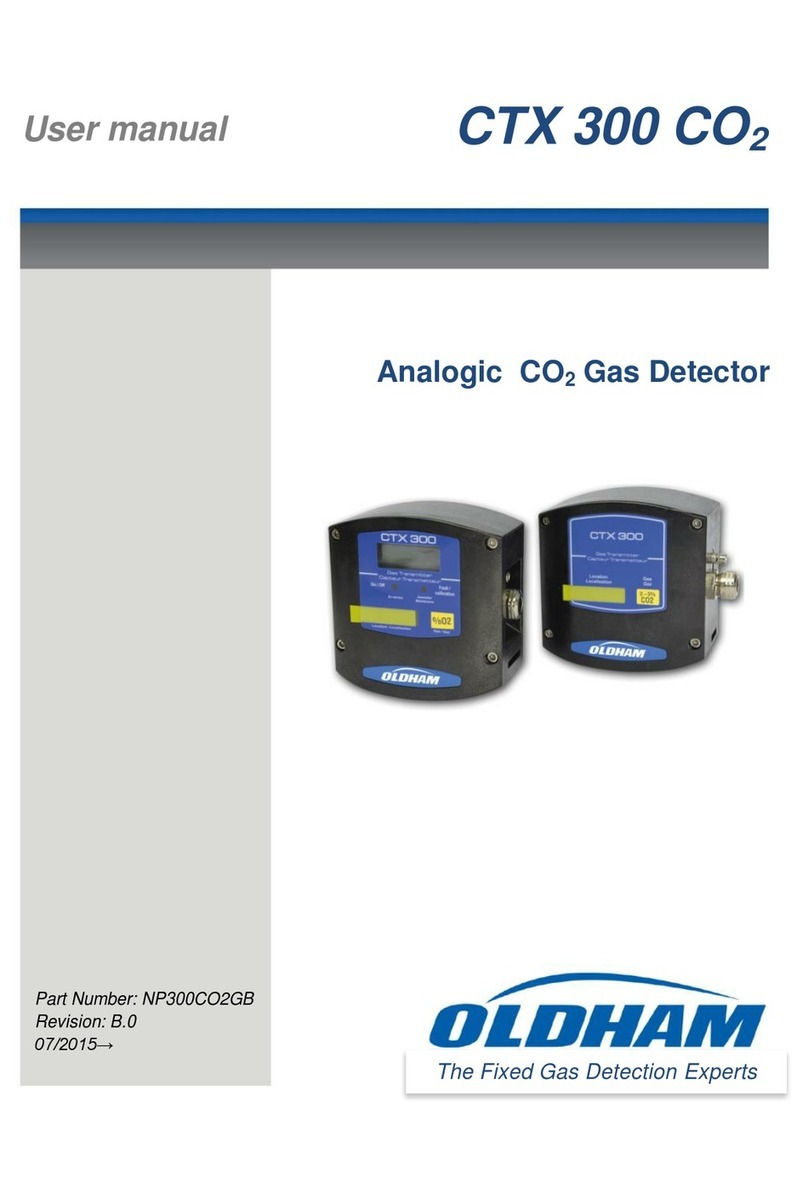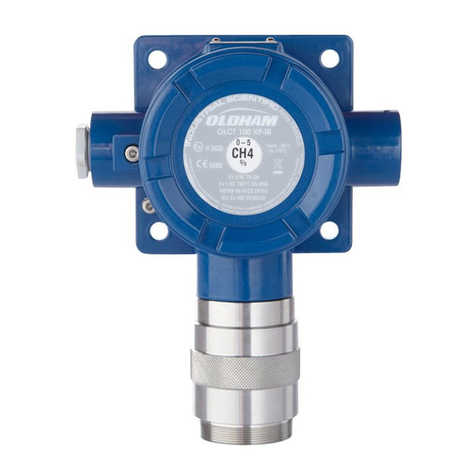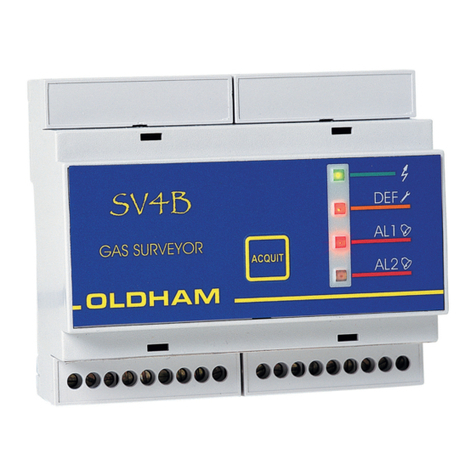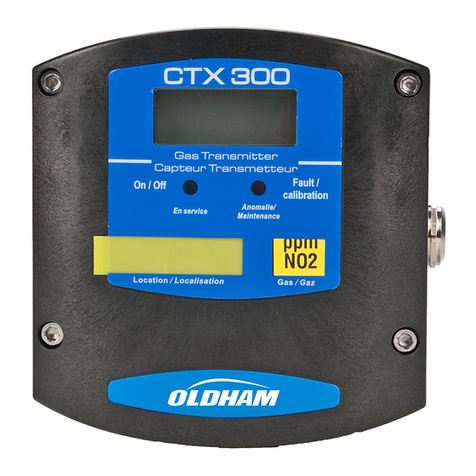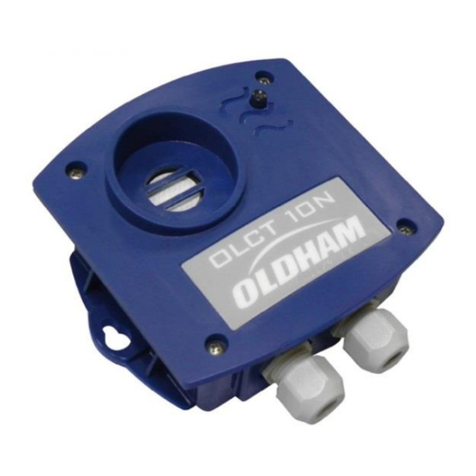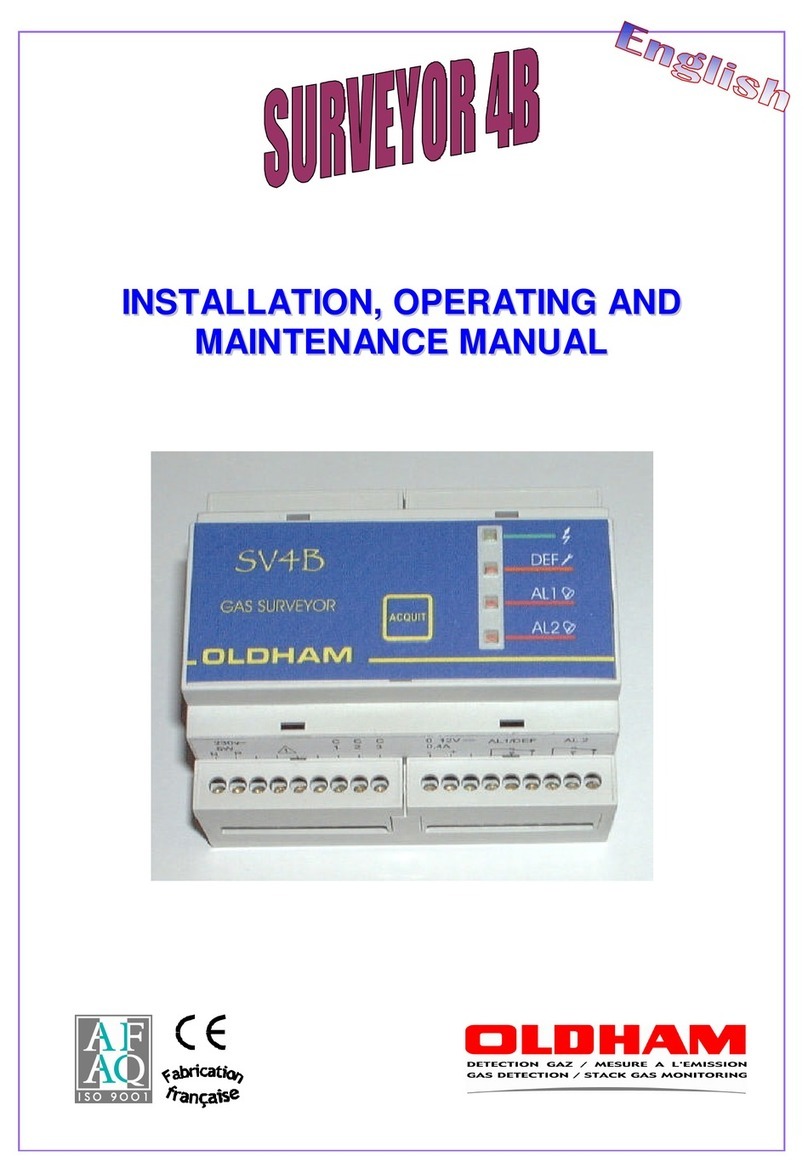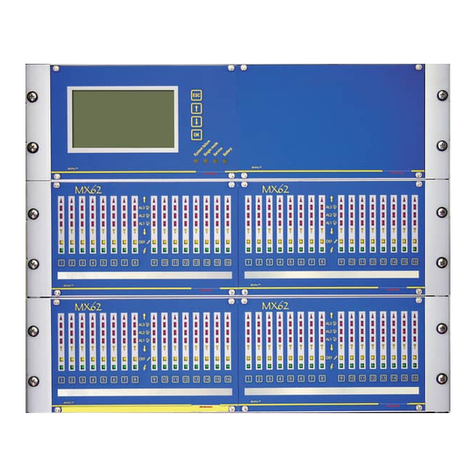
5
C
CO
ON
NT
TE
EN
NT
TS
S
1. THE SYSTEM WINPRO®......................................................................7
1.1. THE MX62 SYSTEM BRIEFLY ................................................................................8
1.2. THE MX62 SYSTEM SYNOPSE ...............................................................................9
1.3. MX62 SYSTEM : FUNCTIONAL DRAWING........................................................10
2. CONFIGURATION ...............................................................................11
2.1. DESCRIPTION OF MODULES................................................................................12
2.1.1. Controller Module (CM) ..............................................................................12
2.1.2. Analog Input Module (AEM).......................................................................13
2.1.3. LED Module.................................................................................................14
2.1.4. Basic Relay Module (RBM) and Extension Relay Module (REM).............15
2.1.5. Analog Output Module (AAM)....................................................................17
2.1.6. LCD Module.................................................................................................18
2.1.7. Logo Module................................................................................................18
2.1.8. Adapter module (numeric loop)...................................................................19
2.2. DESCRIPTION OF REDUNDANCY.......................................................................20
2.3. DESCRIPTION OF CONTROL PANEL..................................................................20
3. OPERATION OF THE SYSTEM WINPRO®.....................................21
3.1. CHANNEL AND SYSTEM INFORMATION .........................................................21
3.2. CONNECTING STATUS ..........................................................................................23
3.3. NORMAL OPERATION...........................................................................................23
3.3.1. Normal Status ...............................................................................................23
3.3.2. Channel Malfunction....................................................................................23
3.3.3. Insufficient Signal ........................................................................................24
3.3.4. Alarms ..........................................................................................................24
3.3.5. Excess of Measuring Range .........................................................................24
3.3.6. Resetting of Alarm Signals...........................................................................24
3.4. MAINTENANCE MODE..........................................................................................25
3.4.1. Forcing of the alarm relays into "out of alarm" position...........................26
3.4.2. Operational Test...........................................................................................27
3.4.3. Calibration....................................................................................................27
3.4.4. Channel On/Off ............................................................................................27
3.4.5. PC Communication ......................................................................................28
3.5. SINGLE MODE.........................................................................................................28
3.6. SYSTEM FAILURE ..................................................................................................28
3.7. MEASURES AGAINST FAULTS............................................................................29
4. OPERATING OF LCD MODULE........................................................30
4.1. DISPLAY OF CHANNELS.......................................................................................30
4.2. MENU........................................................................................................................31
4.2.1 Functions of the four LCD Key Buttons ......................................................31
